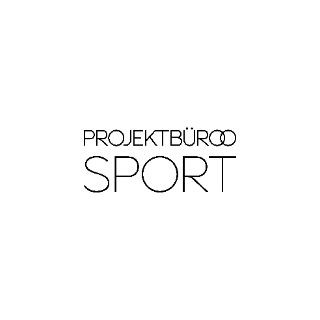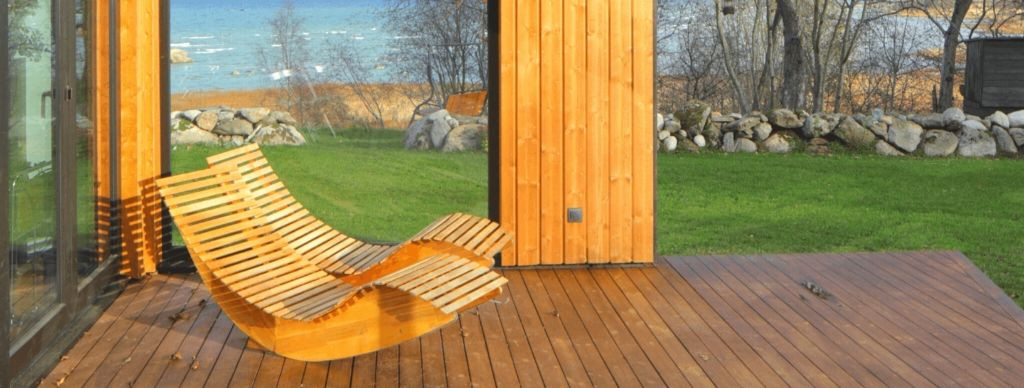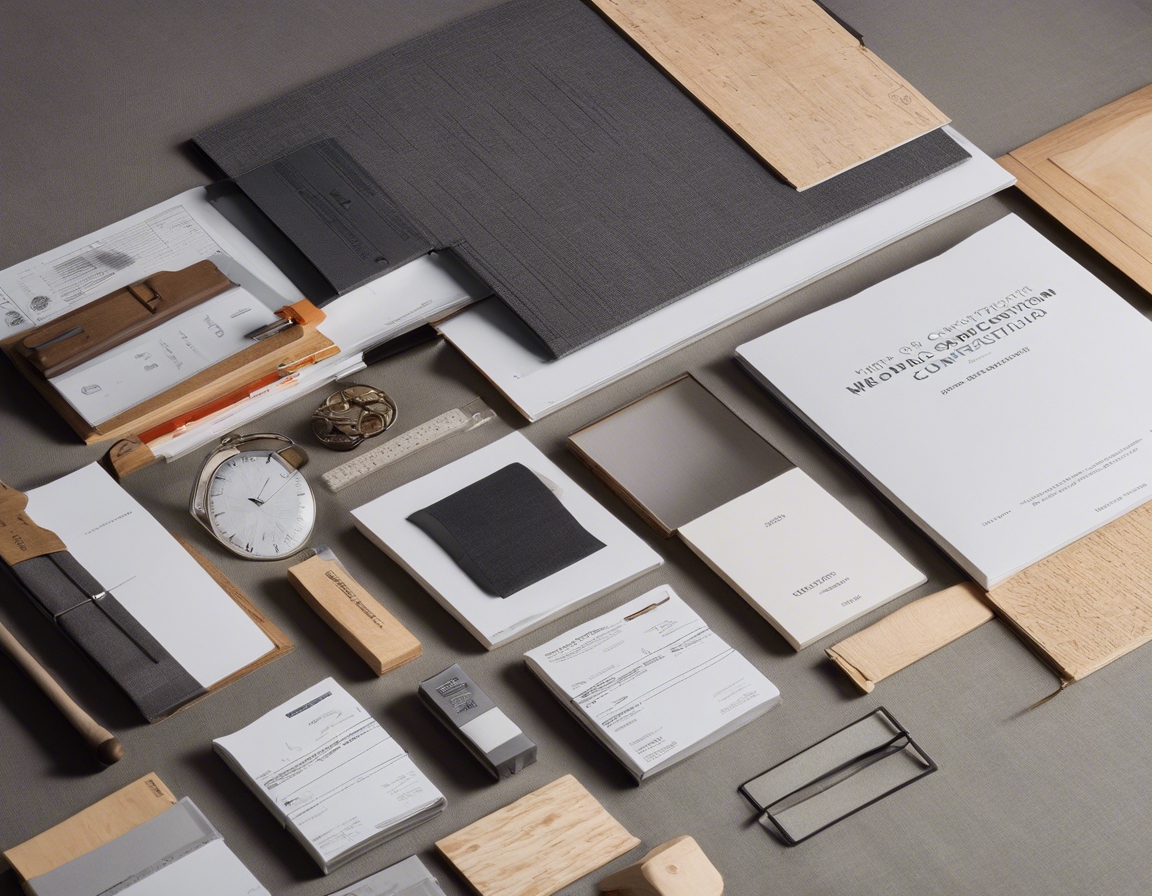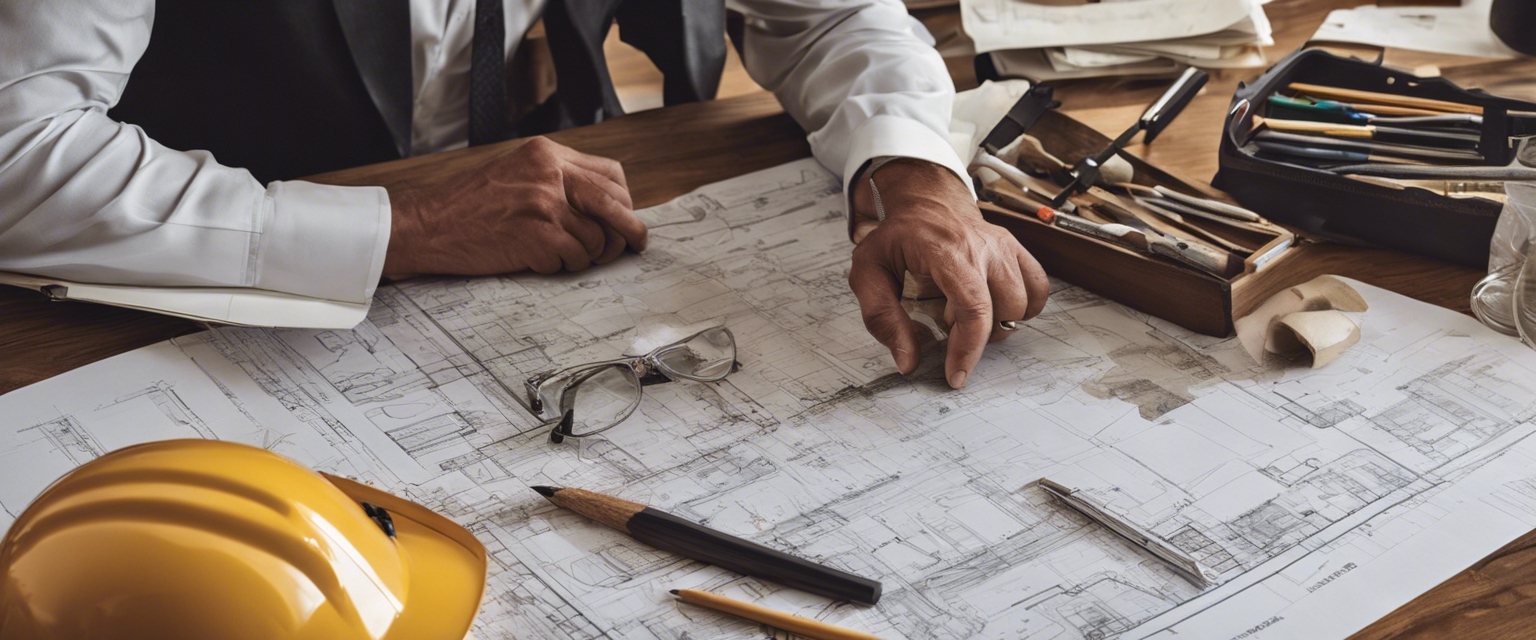5 trends shaping the future of woodhouse design
Wood has been a fundamental building material throughout history, known for its warmth, versatility, and strength. However, the future of woodhouse design is being shaped by a variety of trends that address contemporary challenges and opportunities. These trends reflect a growing emphasis on sustainability, technological innovation, and a deeper connection with nature.
Trend 1: Sustainable and Renewable Materials
As environmental concerns take center stage, wood emerges as a leading material for sustainable architecture. The trend towards using renewable materials has led to advancements in eco-friendly treatments that extend the life of wood without harmful chemicals. Additionally, responsible wood sourcing and certification ensure that woodhouse designs contribute to sustainable forestry practices.
Trend 2: Technological Integration in Woodhouse Construction
The integration of technology into woodhouse construction is revolutionizing the industry. Computer-Aided Design (CAD) and manufacturing allow for precision and customization previously unattainable, while smart home technology is increasingly compatible with wood structures, offering homeowners modern conveniences and energy efficiency.
Trend 3: Modular and Prefabricated Wood Structures
Modular and prefabricated wood structures are gaining popularity due to their efficiency and cost-effectiveness. These designs allow for rapid construction and minimal waste, making them an attractive option for both developers and consumers. Furthermore, the ability to customize and scale these structures meets the diverse needs of today's market.
Trend 4: Biophilic Design and Natural Aesthetics
Biophilic design, which seeks to connect building occupants more closely to nature, is becoming increasingly prevalent in woodhouse design. Incorporating natural elements into living spaces not only enhances aesthetics but also promotes health and wellbeing. This trend is a response to the desire for more organic and harmonious living environments.
Trend 5: Cultural and Contextual Woodhouse Design
Woodhouse design is also being influenced by cultural and contextual considerations. The use of local wood varieties and designs that reflect cultural significance are becoming more common. Additionally, woodhouses are being designed to adapt to specific environmental and climatic conditions, ensuring both resilience and relevance in their respective settings.






Comments (0)